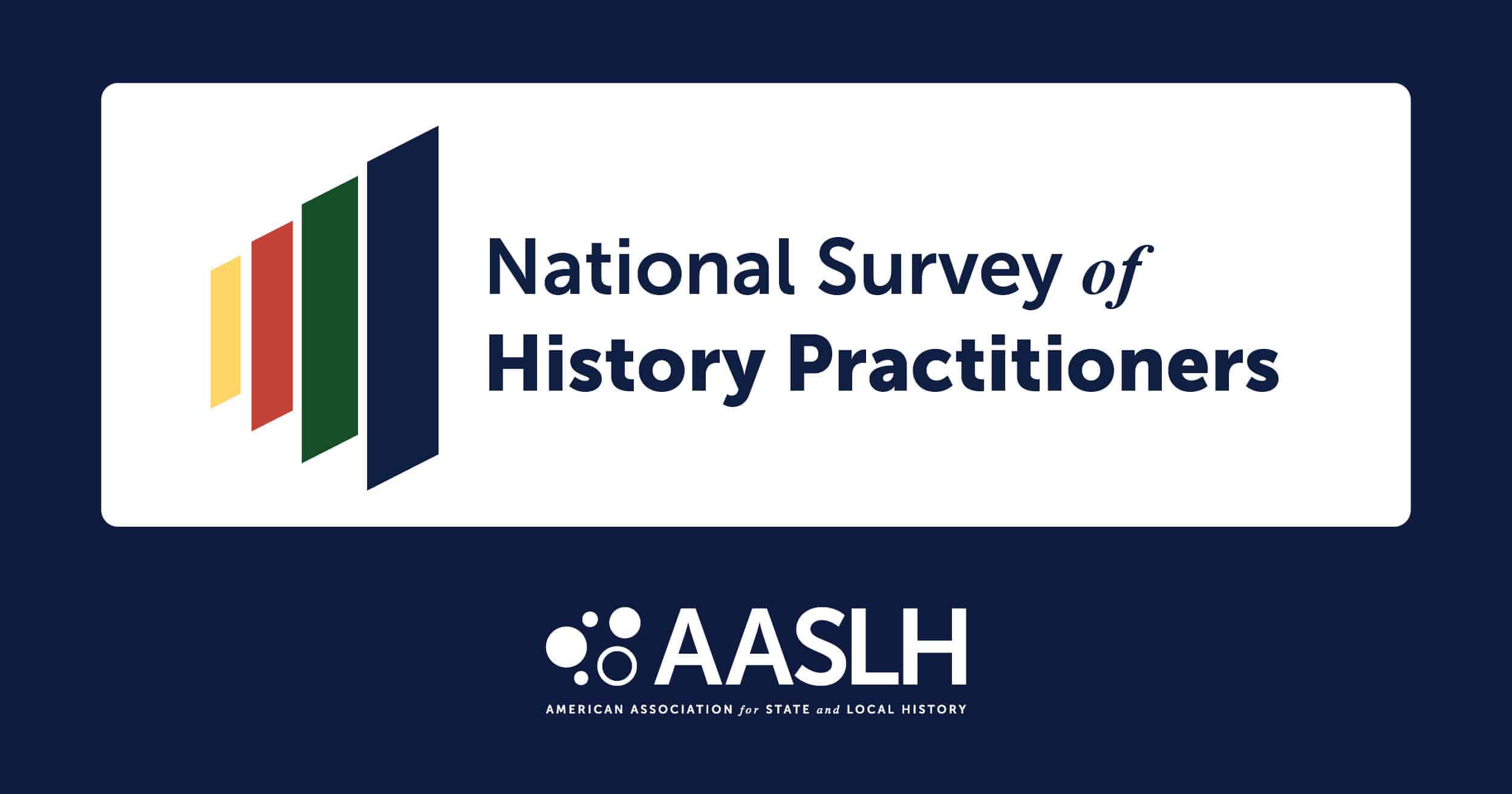Ever since I was young, I recall only visiting museums when I went on school field trips. I remember enjoying those experiences and being lucky enough to go with my mother, who always volunteered to be a chaperone. The only times I visited a museum with my family was when someone or something that was from Mexico or Mexican descent was on display. I remember the excitement of seeing someone like me inside of these big, fancy institutions. I didn’t realize at the moment that only in temporary exhibitions did these opportunities exist, and people of color remained largely absent among the permanent galleries. I am grateful that my experiences as an emerging, Chican@ museum professional have exposed me to progressive institutions that work directly with their local communities to create exhibitions that finally tell their story. Out all of the museum conference opportunities I have attended last year, I was amazed by openness and heart I found in members and administrators of the American Association for State and Local History.
My first session at last year’s Annual Meeting and the one that most impacted me was titled, “Is It Possible That Remembering Local History Can Heal Old Wounds?” The title alone struck me. Speaking openly and allowing yourself and others to have a space to heal is very powerful and necessary for all communities. I believe the only way we can move past our country’s racist and violent history is to have spaces like these where people can have an open, honest dialogue about difficult topics. In this story, the panelists spoke about a project in Columbus, MO: a now predominately-White neighborhood was once a historically black business center known as Sharp End, which was removed during urban renewal projects in the late 1950s. I was moved to see how the present and past communities came together, shared stories and empathy, and are continuing to record oral histories of former residents and business owners. After that, I learned of other similar stories and projects and saw how active AASLH was in incorporating these histories.
The United States is a multicultural country yet American history continues to be told with one perspective representing only one kind of demographic. As much as people of color are taught to accept the experiences and struggles of Anglo-Americans, we, as history professionals, should work to embrace and teach these histories of people of color as part of the national story that makes up our shared American experience and history. If your institution wishes to do the same and may not know what can work for your historic house, museum, etc., AASLH and its members are a community and group of incredible history professionals that can provide assistance. Although there is a lot of work to do in right-ing American history, I am happy to witness so much change and active efforts for change like I see with my AASLH family.




